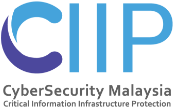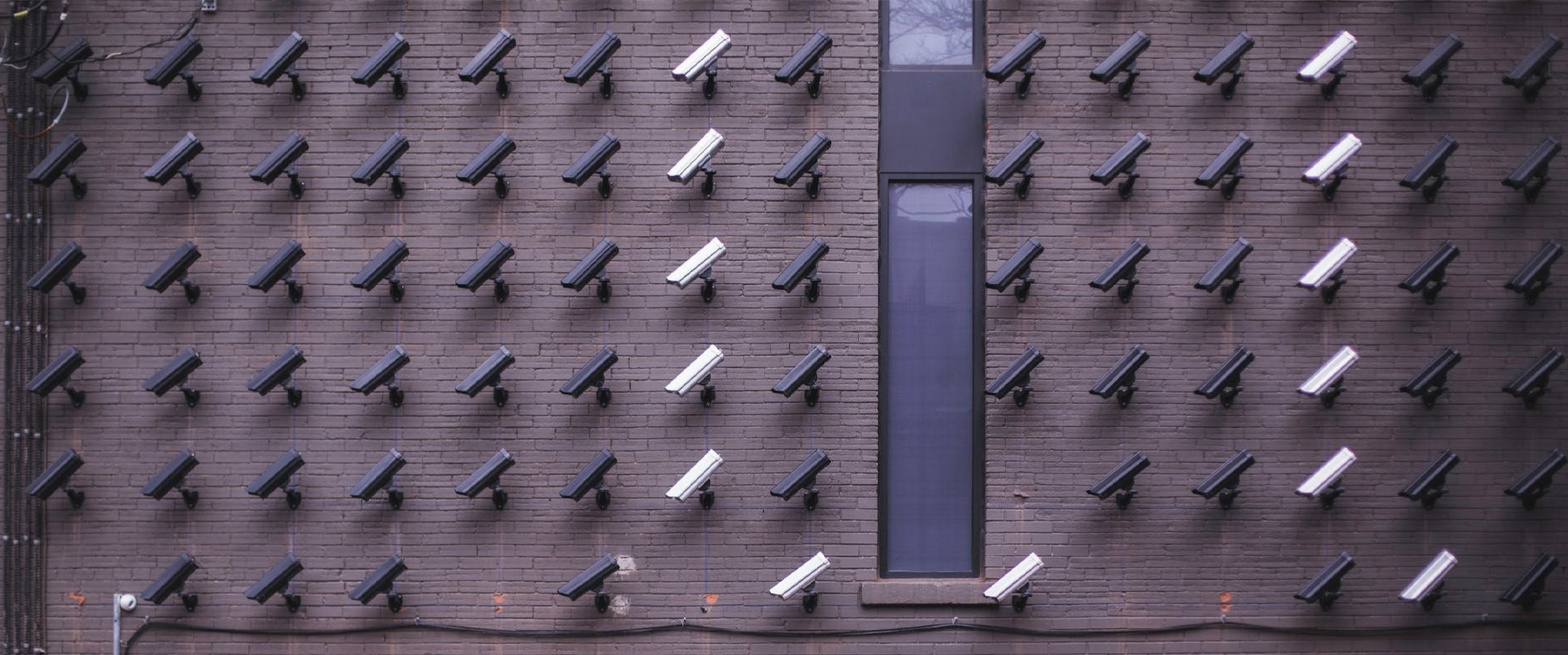By | Nahzatulshima Binti Zainuddin & Nurin Iman Binti Mohammad Azmi
Introduction
Business continuity is the advance planning and preparation undertaken to ensure that an organization will have the capability to operate its critical business functions during emergency events. Emergency events may include natural disasters, fires, power failures, pandemic, and cyber-attacks.
Today, the world is fighting a global pandemic caused by a virus called the coronavirus (COVID-19). The COVID-19 pandemic has disrupted all aspects of the business chain. Employees are barred from getting back to the office to work. Millions of people are forced to stay at home. One is not allowed to venture unless with valid reason. Work meetings and gatherings are banned to uphold social distancing and prevent the infectious spread of COVID-19. Festivals and international conferences have to be cancelled due to travel restrictions. It is no longer business as usual, and the seriousness of the domino effect towards the end value chain such as households must be recognized. When households are no longer spending, that’s when more businesses start to collapse.
Creating A Business Continuity Plan
Business continuity is vital to rebuild the economy during this pandemic. In the event of an outbreak, organizations must be able to respond swiftly to maintain business continuity. Here are some practical tips to ensure your business continuity during the COVID-19 outbreak.
- Preparation Prepare a Business Continuity Plan (BCP). The plan ensures your employees and assets are protected and will be able to recover promptly in the event of a disaster. Your BCP must include the following:
- Identify priorities and critical processes
- Plan for working and scheduling arrangements Plan for continuity of leadershipEducate employees on good personal hygiene and infection prevention or control
- Ensure that employees know their roles and responsibilities during the outbreak
- Set up a communication channel so that employees can ask questions or report their status
- Make sure all important documents are in soft copy and they are backup appropriately (cloud storage as a backup is a good option, but ensure the security and confidentiality as well)
- Implement all the recommendations from the World Health Organization (WHO), Kementerian Kesihatan Malaysia (KKM), etc.
- Finance and Business Management Reshape the strategy to maintain business continuity, especially in finance management. During economic uncertainty, managing cash and liquidity is crucial. Here is what you can do:
- Determine how the crisis affects budgets and business plan
- Identify key stakeholders and prepare them on a contingency plan during the outbreak
- Identify the financial and operational levers that can be pulled to conserve and generate cash, and potentially increase access to funding
- Assess financial and operational risks and respond quickly Identify alternative supply chain options Evaluate short-term liquidity Assess prospects for relief from the tax provisions or other local measure
- Effectively manage cash taxes
- Cyber security and Information Technology (IT) infrastructure
As organizations extend remote working to ensure business continuity, security risks have shifted from the fortified corporate landscape to the more vulnerable off-site areas. What you need to do is:- Check security and monitoring of applications for remote access
- Test applications for remote access such as Virtual Private Network (VPN)
- Perform awareness campaign for specific cases of social engineering attacks in communication-related to crisis
- Accelerate digital transformations e.g. digital document management system or cloud computing but at the same time do not neglect security features
- Enable the security of Information and communication technologies (ICT) tools such as video conferencing, email and IT infrastructure to empower work from home and online meetings
Effectiveness Of BCM During COVID-19
Disaster Recovery Institute defines Business Continuity Management (BCM) as “holistic management process that identifies potential threats to an organization and the impacts to business operations those threats, if realized, might cause, and which provides a framework for building organizational resilience with the capability of an effective response that safeguards the interests of its key stakeholders, reputation, brand and value-creating activities”. BCM is not a new subject. It has long been practiced by most organizations, especially financial institutions. BCM was widely adopted ever since the September 11 terrorist attack, and even more so now with the recent COVID-19 outbreak. Since the global pandemic has affected many organizations worldwide, it would be interesting to see how BCM could be a critical success factor for organizational resilience.
A study on the effectiveness of BCM during the COVID-19 Pandemic has been conducted by Controllit AG, Germany involving 104 organizations in 19 countries. According to the study, 75% of the correspondence have established BCM in their organizations. The study revealed several interesting findings:
- 60% of the organizations managed to get staff involved in time-critical business processes to work remotely within 3 days.
- 88% of the organizations agreed that BCM was helpful to minimize damage in their organizations.
- Most organizations indicated that BCM is effective as remote working has already been incorporated as part of their strategies while required resources have also been identified before in business impact analysis.
This study showed that BCM has helped organizations in many ways. While existing BCM frameworks did offer benefits, it is evident that they can be improved based on the key learnings over the past few months. These include reviewing employee’s arrangement during crisis; revisiting business continuity plan and improving where necessary; evaluating and strengthening supply chain; as well as enhancing communication with key stakeholders.
Benefits Of BCM Certification
There are many ways of developing and implementing BCM in an organization. Renowned international bodies in BCM such as Business Continuity Institute (BCI), Disaster Recovery Institute (DRI) and BCM Institute (BCMI) provide different methodologies for BCM development. Most of the methodologies comply with ISO 22301 Business Continuity Management Systems which is the international standard for business continuity management.
An organization can be certified with ISO 22301 upon successful third-party audit performed by a certification body. The requirements specified in ISO 22301 are generic and intended to be applicable to all organizations, regardless of type, size and nature of the organization. Getting an ISO 22301 certification grants several benefits which include:
- Compliance to legal and regulatory requirements;
- It guarantees organization a competitive advantage and enhances corporate reputation;
- and Annual independent assessment of organization’s performance in BCM.
The ISO 22301 was first published in 2012.It was recently revised and published as ISO 22301:2019 on 30th of October 2019 with a 3-year transition period. Due to the COVID-19 pandemic, the transition period has been extended to another 6 months.
Conclusion
BCM is an ongoing pursuit, not a one-time project. This pandemic is a unique opportunity for organizations to learn how to better prepare and equip themselves for future uncertainty. For organizations with BCM in place, this would be the best time to review and assess its corporate preparedness and resilience. For organizations which have none, it is an opportune time to consider implementing a BCM in their organization.
References
- Anonymous. (2020, Jun 22). BUSINESS CONTINUITY: HOW INDUSTRIES ARE ADAPTING TO A POST-COVID-19 WORLD. Retrieved from Management Events: https:// managementevents.com/news/business-continuity-how-industries-are-adapting-to-a-post-covid-19-world/
- Anonymous. (n.d.). Business continuity management standard ISO 22301 revision. Retrieved from bsi.: https://www.bsigroup. com/en-my/iso-22301-business-continuity/ revision/
- Anonymous. (n.d.). ISO 22301:2012 Business Continuity. Retrieved from Certification Europe: https://www.certificationeurope.com/certification/iso-22301-business-continuity-management-certification/
- Harsha Basnayake, C. M. (2020, March 18). COVID-19 business continuity plan: Five ways to reshape. Retrieved from EY: https:// www.ey.com/en_my/strategy-transactions/ companies-can-reshape-results-and-plan- for-covid-19-recovery
- Kelton, W. (2020, July 24). Business Continuity Planning (BCP). Retrieved from Investopedia: https://www.investopedia. com/terms/b/business-continuity-planning. asp
- Long, R. (2017, August 1). What is Business Continuity – Business Continuity 101. Retrieved from MHA CONSULTING: https:// www.mha-it.com/2017/08/01/what-is- business-continuity/
- Said, A. M. (2020, May 4). The financial impact of COVID-19. Retrieved from Deloitte: https://www2.deloitte.com/my/en/pages/financial-advisory/articles/financial-impact-of-covid-19.html
- Anonymous. (n.d.).The effectiveness of BCM in the current pandemic. Retrieved from Controllit AG: https://www.controll-it.de/de/ blog/category/news/die-wirksamkeit-von- bcm-in-der-aktuellen-pandemie
- Thum, Y. (2020). Coronavirus (COVID-19):8 Practical Tips For Business Owners With Physical Stores. Retrieved from StoreHub:https://www.storehub.com/blog/ coronavirus-covid-19-business-owner-tips/







